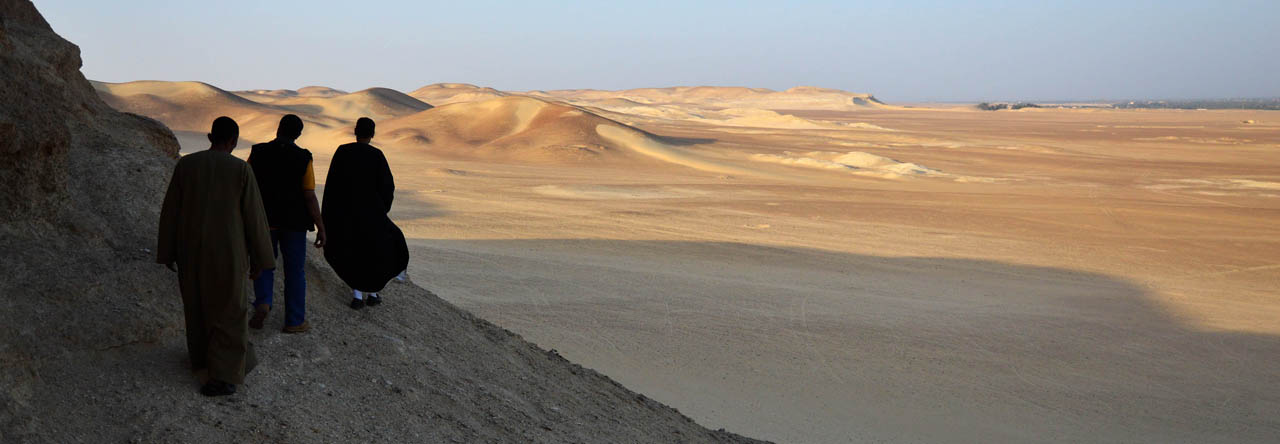Thank you to all of you who came along to my talk on Tutankhamun on 24 and 25 March 2021. This is the usual guide to relevant online resources, references to further reading etc. should you wish to follow-up on any of the themes discussed.
First, for anyone who missed the live performances of this talk online, a recorded version is currently available on YouTube and here:
The discovery of the intact tomb of pharaoh Tutankhamun by Howard Carter in 1922 was the greatest moment in the history of archaeology. It brought to light more than 5,000 of the most exquisite objects to have survived from the ancient world, masterpieces which speak to the vision and imagination of the Egyptian artists and craftsmen, and their ability to work with a wide range of materials – wood, stone, ceramic and precious metals especially, of course, gold. Such beautiful objects need no more explanation – they can simply be enjoyed as exquisite works of art – but in fact every item was present in the tomb for a reason: they were the equipment the king would need for his journey to an eternal afterlife. This is the story of how he got there – of an eventful life, an early death, what came next, and how the treasures in his tomb have helped us to tell that story.
My slides are here:
The most comprehensive overview of the discovery of the tomb and the objects Carter found it to contain remains Reeves, N, The Complete Tutankhamun. Also recommended, for the superb photographs in particular is Hawass and Vannini, Tutankhamun. The Treasures of the Tomb. Another very thorough – and more recent – overview not only of the objects from the tomb but the evidence from elsewhere is Eaton-Krauss, M, The Unknown Tutankhamun.
All the photographs taken during Carter’s excavations, along with the journals I quoted during the talk, are kept in the archives of the Griffith Institute, University of Oxford which has made all the records freely accessible online, here.

The famous throne of Tutankhamun and Akhesenamun (Carter Object no. 91)
The fabulous throne decorated with a very touching scene of Tutankhamun and Ankhesenamun is discussed in The Complete Tutankhamun. The definitive publication of this class of object from the tomb is Eaton-Krauss, M, The Thrones, Chairs, Stools, and Footstools from the Tomb of Tutankhamun.
The images of the block from Amarna via Hermopolis which apparently mentions Tutankhaten (slide number 10) come from:
Dodson, A, Amarna Sunset …which is also an excellent source of information on the historical background the Tutankhamun’s reign.
Hawass, Z and Saleem S, Scanning the Pharaohs: CT Imaging of the New Kingdom Royal Mummies …which provides a wealth of information about Tutankhamun and his mummy in particular, and also those of the other New Kingdom royals of course.
The tomb of the wet nurse Maia which was discovered by Alain Zivie at Saqqara in the 1990s is published in his book, La tombe de Maïa : Mère nourricière du roi Toutânkhamon et grande du harem.

Relief of the wet-nurse Maia with the infant Tutankhamun on her lap, from her tomb at Saqqara.
The images of the limestone blocks showing Tutankhamun with bow and arrow and smiting his enemies respectively (slides 30 and 31), are taken from Hawass, Z, Discovering Tutankhamun: From Howard Carter to DNA.
The ‘Restoration Inscription of Tut’ankhamūn’ was published by John Bennett in the Journal of Egyptian Archaeology (JEA) in 1939. The article is available online via JSTOR here.

The stela bearing the ‘Restoration Inscription’ of Tutankhamun in the Egyptian Museum, Cairo
As mentioned above Scanning the Pharaohs: CT Imaging of the New Kingdom Royal Mummies is a great source of information and analysis on the royal mummies including that of Tutankhamun. The excellent overview article I mentioned by Salima Ikram and Frank Rühli – ‘Purported medical diagnoses of Pharaoh Tutankhamun, c. 1325 BC-‘ which mentions the multitude of ailments it has been claimed the king suffered from while also pointing out that’s it’s still possible he suffered from none(!), is here. A second article by Salima, this time written with Dennis Forbes and Janice Kamrin, in which the possibility that the ribs were removed during the period of the second world war is raised – ‘Tutankhamun’s Missing Ribs’ is here.
Marc Gabolde’s article ‘An 18th-Dynasty gold necklace for sale: Comparisons with Tutankhamun’s jewellery’ on the necklace auctioned in 2015 by Christie’s which seems to have been part of the beaded collar left on the mummy by Carter, but subsequently removed – causing the ribs to be broken – is here.
The photographs of the Amduat (‘what is in the netherworld’) on on slides 81-7, are from the Tomb of Thutmose III (KV 34) in the Valley of Kings with one exception – the image of ram-headed Ra in his boat is from the tomb of Ramesses III (KV 11). The drawings which accompany the scenes on slides 85 and 88 are taken from Hornung, E, The Ancient Egyptian books of the Afterlife which also provides an excellent overview of the very complex and obscure ancient Egyptian beliefs in the netherworld.

Filming in the tomb of Thutmose III (KV 34) from which the images of the Amduat I used in the talk were taken.
Lastly, my new book for children, King Tutankhamun Tells All, illustrated by Guilherme Karsten, will be published by Thames and Hudson on 3 June this year (2021), and is available for pre-order here.

